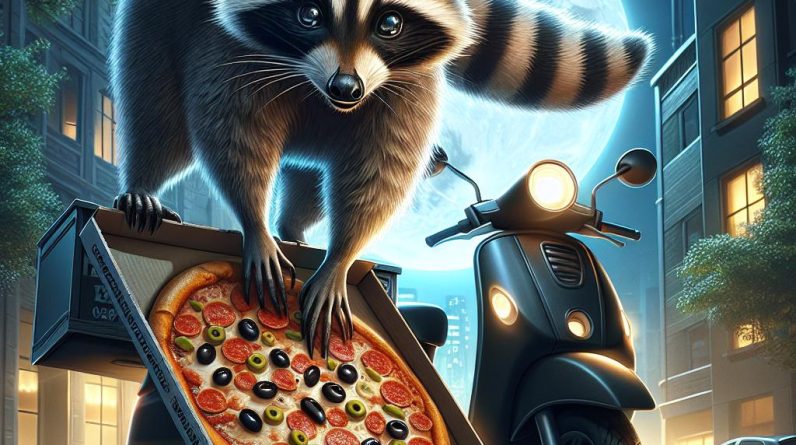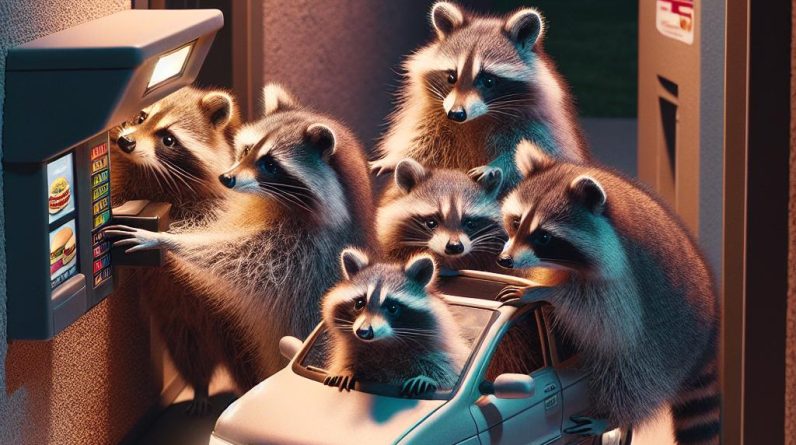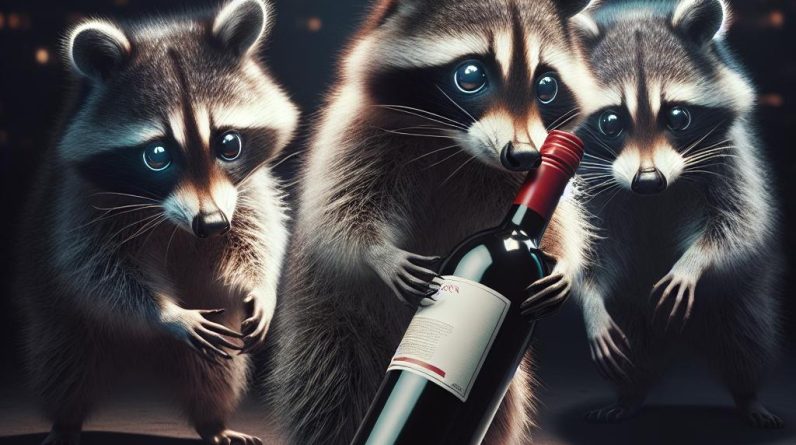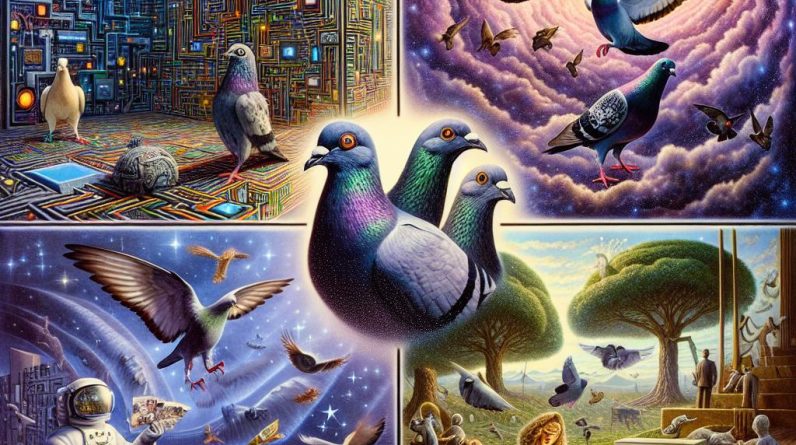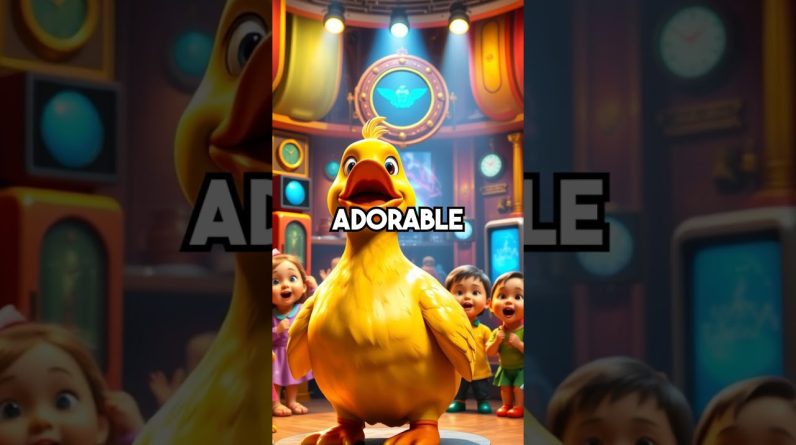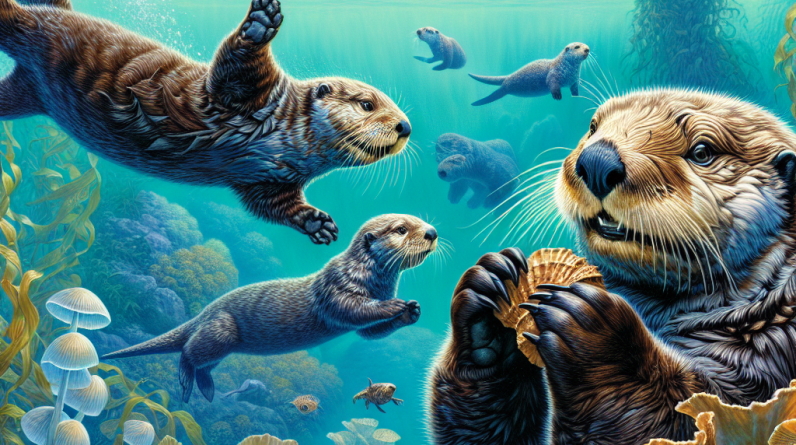From chew toys to ocean travelers—discover how our beloved rubber duck became an icon through history! 🦆✨ #RubberDuck #FunFacts #History #Toys #ChildhoodMemories #OceanAdventure #funfacts #fun #interesting #facts #didyouknow #factsdaily #randomfacts #interestingfacts #amazingfacts
the Surprising History of the Rubber Duck
The Origins of the Rubber Duck
The rubber duck has become a quintessential symbol of childhood and bath time joy. But its history is much more interesting than most peopel realize. The rubber duck originated in the late 19th century when it was initially crafted from hard rubber. These early versions were not designed for floating but rather as chew toys for infants.
The Birth of a Bath Time Icon
It wasn’t until the 1940s that the soft,squeezable rubber duck we know today woudl emerge. Inventor Peter Ganine patented the design, and suddenly, the rubber duck transformed into a floating bath companion, becoming a staple in homes across America.
Evolution Through the decades
The rubber duck’s journey represents societal changes and trends through the decades:
- 1950s: The rubber duck gained massive popularity post-World War II, marking the beginning of its rise in american pop culture.
- 1970s: As a symbol of fun and innocence, rubber ducks infiltrated mass media, appearing in commercials and children’s programming.
- 1980s and 90s: The ‘decade of marketing,’ rubber ducks became collector’s items, showcasing numerous designs and characters.
Fun Facts About Rubber Ducks
Did you know that rubber ducks have been key players in a series of fascinating events? Here are some fun facts that highlight the rubber duck’s versatility:
| Fact | Description |
|---|---|
| World’s Largest Rubber Duck | A giant 50-foot inflatable rubber duck was created by Dutch artist Florentijn Hofman and toured cities worldwide. |
| The Great Duck flood | In 1992, over 28,000 rubber ducks and other plastic bath toys were released into the ocean due too a shipping container accident. |
| Rubber Duck Race | Charity races featuring thousands of rubber ducks have become popular fundraisers, with ducks floating down rivers to raise money for various causes. |
Rubber Duck in Popular Culture
Today, the rubber duck has secured its place as a cultural icon. Its imagery appears in movies, toys, music, and art. Notable mentions include:
- Sesame Street: Rubber Duckie, sung by Ernie, became one of the show’s most famous songs.
- Movies: The rubber duck often symbolizes childhood innocence and nostalgia in various films.
- Festivals and Commissions: Rubber ducks are featured in public art installations and festivals worldwide.
The Benefits of Rubber Ducks
Rubber ducks are not just beloved toys; they offer multiple developmental benefits for children:
The Surprising History of the Rubber Duck
The origins of the Rubber Duck
The rubber duck, a staple in children’s bathtubs around the globe, boasts a rich history that stretches back too the late 19th century. Originally made from hard rubber, the first rubber ducks were not the soft, squeezable toys we know today. Rather, they were designed as chew toys for infants. These hard rubber versions were often painted adn came in various animal shapes.
The Evolution of the Rubber Duck: From Hard to soft
In the 1940s, the design of the rubber duck underwent a notable transformation. The introduction of vinyl plastic allowed manufacturers to create a softer and more flexible version of the once-rigid toy. This new design was a hit, resulting in the way we perceive rubber ducks today: colorful, floating, and adorably cute, perfect for bath time fun.
Key Milestones in Rubber Duck History
- Late 1800s: The first rubber ducks are introduced as hard chew toys.
- 1940s: Transition to soft vinyl plastic,making ducks safe for play in water.
- 1970s: The rubber duck gains pop culture fame, appearing in songs and cartoons.
The Rubber Duck as a Cultural Icon
Beyond being a children’s toy, the rubber duck has evolved into a cultural icon. it symbolizes childhood innocence and joy, frequently featured in children’s media and merchandise.
Famous Appearances in Pop Culture
- Sesame Street: The beloved character Ernie famously sang “Rubber Duckie,” further boosting the toy’s popularity.
- Television and Movies: Rubber ducks appear in various TV shows and movies, symbolizing fun and playfulness.
- Art Installations: Giant inflatable rubber ducks have been used as artistic installations worldwide, seamlessly blending art with popular culture.
The Benefits of Playing with Rubber Ducks
Rubber ducks aren’t just adorable; they also provide numerous developmental benefits for children:
- stimulates inventiveness: Rubber ducks encourage imaginative play, allowing children to create stories during bath time.
- Enhances Motor Skills: Squeezing and manipulating the rubber duck help develop children’s fine motor skills.
- Sensory Exploration: the floating nature and vibrant colors provide sensory experiences that can delight babies and toddlers.
- Teaches Cause and Affect: Children learn basic physics principles,like floating and sinking,while playing with their ducks in water.
Fun Facts About Rubber Ducks
Here are some quirky facts that highlight the charm of rubber ducks:
- The world’s largest rubber duck measures over 50 feet wide.
- Rubber ducks have floated across oceans,as evidenced by the famous 1992 incident where thousands escaped from a shipping container.
- Collectible rubber ducks come in various themes, from superheroes to animals and even famous personalities.
Practical Tips for Choosing and Caring for Your rubber Duck
When selecting and caring for rubber ducks, consider the following:
The Surprising History of the Rubber Duck
Origins of the Rubber Duck
The rubber duck,a beloved bath time companion,has a history that dates back to the late 19th century. Originally, these floating toys were made from hard rubber, and while they gained popularity quickly, their early forms were more akin to children’s toys than the classic soft rubber ducks we know today.
- 1890s: the first rubber ducks were solid and made from hard rubber.
- 1940s: Soft,squeezable versions emerged,made from vinyl plastic rather of rubber.
- 1970s: The rubber duck became a staple in children’s baths across the United States, thanks to their bright colors and fun designs.
The Evolution of the Rubber Duck
As the decades passed, the rubber duck transformed from a simple child’s toy into a cultural icon. Here’s how:
Production and Variants
| Decade | Key Developments |
|---|---|
| 1960s | Introduction of diffrent shapes and sizes, more colorful variations. |
| 1980s | Rubber ducks featured in cartoons and advertising, increasing visibility. |
| 1990s | Collector’s items became popular; special editions were produced. |
| 2000s | Celebrity ducks and themed designs emerged, catering to niche markets. |
The Cultural Importance of the Rubber Duck
beyond being a bath toy, the rubber duck has embedded itself in various facets of culture. Its significance can be observed in:
Media and Entertainment
- The iconic song “Rubber Duckie” performed by Ernie from Sesame Street popularized the toy further.
- Features in movies, TV shows, and commercials portraying it as a friendly and whimsical character.
Art and Public Installations
Artistic displays featuring giant inflatable rubber ducks have been showcased in major cities around the world, attracting both attention and admiration.
Benefits of Rubber Ducks in Child Development
Rubber ducks are more than just toys; they offer several benefits that can aid in child development:
- Encouragement of Imaginative Play: rubber ducks inspire creativity and role-playing in children, enhancing their storytelling skills.
- Sensory Exploration: The texture, color, and buoyancy of the rubber duck offer unique sensory experiences.
- Social Skills: Playing wiht rubber ducks encourages sharing and interaction among peers, fostering friendships.
Practical Tips for Choosing Rubber Ducks
When selecting rubber ducks for playtime, consider the following tips:
- Material Safety: Ensure the rubber duck is made of non-toxic materials, especially for younger children.
- Size matters: Choose a size that is age-appropriate to prevent choking hazards.
- Design Appeal: Look for engaging and colorful designs that stimulate a child’s interest.
Case Study: The Global Rubber Duck Revolution
A notable event in rubber duck history was the 2007 “Rubber Duck Project.” This art installation involved thousands of rubber ducks released into waterways across the globe, which provided researchers with insights into ocean currents.
Key Findings
- The ducks traveled thousands of miles, demonstrating the interconnectedness of waterways.
- Providing valuable data on ocean currents and environmental awareness.
Personal Experiences with Rubber Ducks
Many parents have cherished memories of bath time with rubber ducks. Here are a few anecdotes:
- One parent recalls how their child would stage elaborate water battles with rubber duck armies, showcasing their creativity.
- Another shared how a rubber duck became a symbol of comfort for their child during nap times, proving its role in emotional safety.
The Future of the Rubber Duck
As we look to the future, the rubber duck is expected to continue evolving. Innovations could include:
- Smart Ducks: Integrating technology for interactive play experiences.
- Sustainable Materials: Increased focus on eco-friendly production methods to cater to environmentally-conscious consumers.
Conclusion
While this article does not conclude here, it is indeed clear that the rubber duck, with its surprising and rich history, continues to waddle through our lives, bringing joy and nostalgia to both children and adults alike.
Choosing the right Rubber Duck
- Select ducks made from safe, non-toxic materials, particularly for babies.
- Choose a design that appeals to your child’s interests to make bath time more enjoyable.
- Consider a variety of sizes and styles to encourage creativity during play.
Caring for Rubber Ducks
- After each bath, rinse the duck with clean water to remove soap and dirt.
- Twist off the bottom and allow it to dry fully to prevent mold growth.
- Periodically check for signs of wear and tear, replacing ducks that become damaged or discolored.
Case Studies: The Popularity of Rubber Ducks Around the World
The rubber duck is not only popular in the United States.Here’s a look at how this beloved toy is embraced around the globe:
| Country | Notable Rubber Duck Event |
|---|---|
| Australia | Giant inflatable rubber duck tours major cities,attracting many visitors. |
| Japan | annual rubber duck race on the Yodo River, raising funds for charity. |
| USA | Rubber duck races raise millions for various charity initiatives nationwide. |
Real Experiences with Rubber Ducks
Many parents cherish the simple joy their children find in rubber ducks.Here are some lasting memories shared by parents:
“Every time my daughter sees her rubber duck, she bursts into a fit of giggles.It’s not just a toy; it’s become a part of our bath time routine that she looks forward to every day!”
“When my son was feeling under the weather, his rubber duck became his best buddy. It brought a smile to his face during tough times.”
The Environmental Impact of Rubber Ducks
As awareness grows regarding plastic waste, the environmental impact of rubber ducks has become a conversation starter. Many manufacturers are now looking into enduring materials to reduce their carbon footprint, and consumers are encouraged to recycle old rubber ducks responsibly.Opting for eco-friendly choices can ensure that bath time fun doesn’t come at a cost to the habitat.
- Encouragement of Imaginative Play: Children often invent stories and scenarios using rubber ducks, fostering creativity.
- Classroom Tool: Rubber ducks can be used in educational settings to teach simple mathematical concepts such as counting and sorting.
- Growth of Motor Skills: Grasping and playing with rubber ducks can help improve fine motor skills in toddlers.
Practical Tips for Choosing Rubber Ducks
When selecting rubber ducks for playtime or bath time, consider these practical tips:
- Check for safety: Ensure the rubber duck is made from non-toxic materials, especially for younger children.
- Choose Bath-Friendly Options: Opt for rubber ducks that are designed to hold up in water without degrading.
- Variety and Themes: Look for themed ducks (superheroes, animals, etc.), which can add additional fun and creativity to playtime.
Case Studies of Rubber Duck Impact
Numerous studies have highlighted the influence of rubber ducks in child development and therapy:
| Study | Findings |
|---|---|
| The Role of Play in Child Development | Research emphasizes that imaginative play with toys like rubber ducks enhances cognitive skills. |
| Therapeutic Use in special needs | Rubber ducks have been effectively used as comfort items in therapy sessions for children with autism. |
| Parent-Child Bonding | Playing with rubber ducks during bath time improves bonding experiences and promotes emotional well-being. |
First-Hand Experiences
Parents and educators alike have shared positive experiences with rubber ducks:
“My child has loved her rubber duck as she was a baby. It’s more than just a toy; it has become part of our bath time routine. She giggles and plays for hours,and I can see her imagination at work.”
“I use rubber ducks in my classroom to teach counting and sorting. The kids respond positively, making learning fun and engaging.It’s amazing how simple toys can have such an impact!”
The Future of Rubber Ducks
As innovative designs and sustainability practices emerge, the rubber duck is likely to remain a beloved icon for generations. Companies are increasingly exploring biodegradable materials for production, ensuring that the joy of the rubber duck can continue while remaining environmentally conscious.

